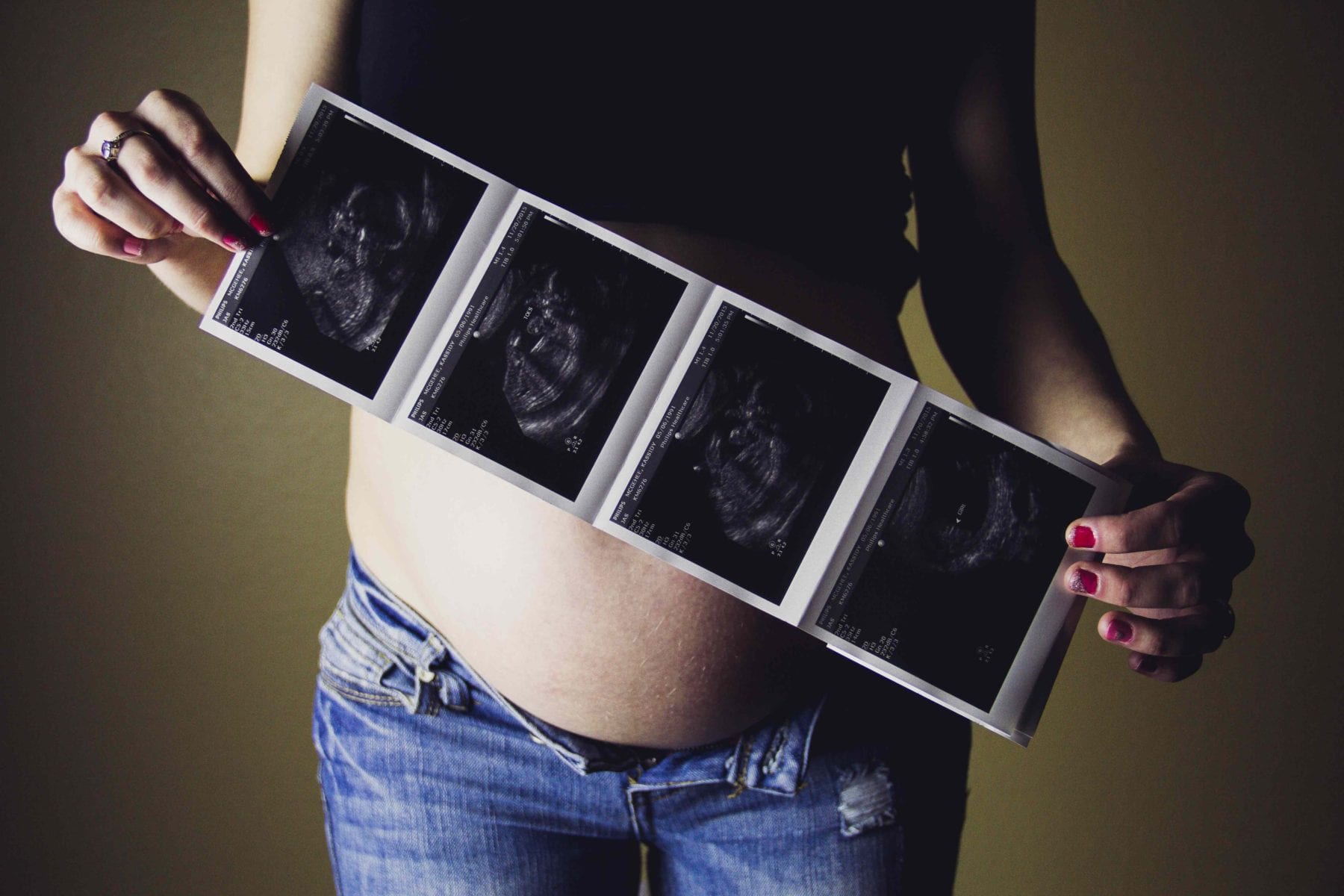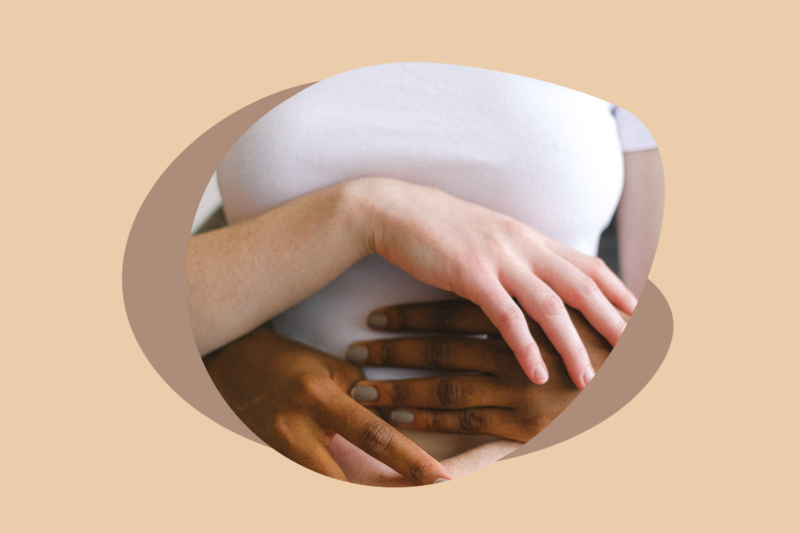What Is Conception: How Pregnancy Actually Happens
We all remember a teenagers’ scary tale about one unprotected sex resulting in pregnancy. Even though it can be true, conception is so much more complicated.

Let’s find out what needs to line up for pregnancy to happen.
4 Steps to Pregnancy
Conception involves a surprisingly complicated series of steps. Everything should happen in its time and fall into its place for a successful result – a healthy pregnancy (if you’ve already had 1 baby then check out our guide to getting pregnant a second time).
Step 1 – Ovulation
Every woman is born with a limited number of egg cells in her ovaries. Each menstrual cycle, a certain number of them start to grow and develop in follicles (small, fluid-filled sacs).
Then, the dominant egg stands out, breaks off the follicle (that is ovulation) and starts its traveling down to the fallopian tube. The egg stays there from 12 to 24 hours, waiting for a single sperm to fertilize it.
As the lifespan of the egg is very limited, women start tracking ovulation if they want to get pregnant. Luckily, today it’s easier than ever – with Mira Fertility Tracker at hand. The Mira Fertility Analyzer and App take the guesswork and stress out of ovulation tracking by measuring your unique hormone levels throughout your cycle. Mira learns your cycle to personalize your ovulation prediction.
Having a hard time tracking ovulation? Mira takes the guesswork out by measuring your actual fertility hormone concentrations! Sign up today for exclusive Mira content and discounts!
Sign up Now
Step 2 – Sperm Transport
During intercourse, a man ejaculates over 40 million sperm cells at a time. Once inside the vagina, these sperm swim up, towards the fallopian tubes. The sperm cells are looking for a mature egg to fertilize it.
The sperm can live in a female body for up to 5-6 days if the environment is favorable. The cervical mucus in the vagina nourishes the sperm with all necessary ingredients and prevents it from drying up.
The sperm has a very important quality – it’s called motility and characterizes how fast sperm cells navigate the female reproductive tract. Fast swimming sperm can reach a mature egg in 30 minutes. The motility of the sperm diminishes as a male becomes older.
Thus the transport of sperm depends on several factors:
- The sperm should be capable of propelling through vagina and cervix to the fallopian tubes (good motility).
- The vagina environment (mucus) should be favorable: admitting the sperm without destroying them.
- The sperm must convert to a form (this process is called capacitation) that will be able to penetrate the membrane of the egg.
Step 3 – Fertilization and Embryo Development
Sperm and egg usually meet in the special place of the fallopian tube – it’s called ampullar-isthmic junction.
The egg is surrounded by a special membrane (zona pellucida), that performs 2 very important functions:
- it is receptive only to human sperm;
- once a single sperm penetrated the egg, this membrane becomes impermeable to all other sperm.
The fertilized egg is called an embryo. The single-cell embryo is called a zygote. In the next 5-7 days, it undergoes several cell divisions, and in the end, it turns into a mass of very organized cells called a blastocyst.

Step 4 – Implantation
Once the embryo reaches its blastocyst stage, it is ready to implant. It rapidly travels from the tube to the uterus.
Unfortunately, just because the egg is fertilized, it doesn’t mean that the pregnancy will occur. What are the possible problems at this stage?
- Ectopic pregnancy may happen if the embryo implants in the fallopian tube, instead of the uterine lining. Such pregnancy can not continue and is a medical emergency.
- Sometimes the blastocyst reaches its destination, but cannot implant in the uterus. Either the lining of the uterus is not thick enough to support the embryo, or the embryo lacks something to implant successfully.
Implantation happens when the fertilized egg attaches itself to the uterine wall. It usually occurs 6-12 days after ovulation, and it is considered the beginning of pregnancy.
If there are issues preventing sperm from meeting an egg naturally, nowadays people can benefit from assisted reproductive technologies like intrauterine insemination or in vitro fertilization (IVF).
Mira’s Editorial Process
All content produced by Mira meets stringent editorial standards, ensuring excellence and accuracy in language and medical precision. Every piece undergoes thorough fact-checking and review by qualified professionals. Check out our full editorial process to learn more.










